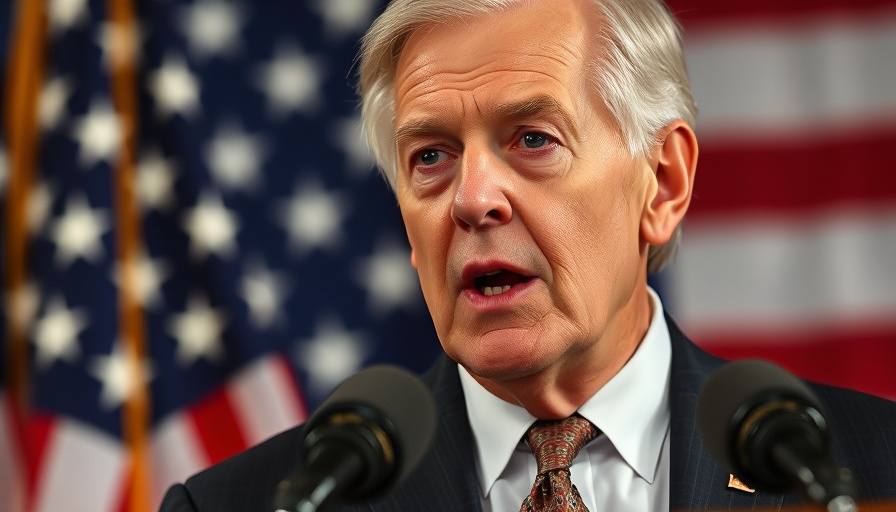
Federal Reserve Signals Major Workforce Changes Ahead
In a significant move reflecting internal assessments, the Federal Reserve has announced its intention to reduce its workforce by approximately 10% over the next couple of years. This announcement came from Federal Reserve Chair Jerome Powell, who communicated the changes in a memo circulated among staff, hinting at a strategic shift aimed at improving operational efficiency amid evolving economic challenges.
Why the Federal Reserve is Restructuring
Powell emphasized the necessity for periodic evaluations of staffing levels and operational structures. Over the last decade, the Federal Reserve's staff grew by only about 1% annually, suggesting that the organization has largely maintained a steady course. Addressing this, Powell noted, "it's healthy for any organization to periodically take a fresh look at its staffing and resources." This sentiment resonates beyond the Federal Reserve; numerous organizations have found that regular evaluations help to streamline processes and bolster overall efficiency.
Impact on Employees and Broader Financial Sector
With nearly 2,500 positions potentially affected, the news resonates within a sector already accustomed to scrutiny and adjustment. Recent reports highlighted similar layoffs among other financial regulatory bodies, including the Federal Deposit Insurance Corporation (FDIC) and the Securities and Exchange Commission (SEC), highlighting a broader trend of workforce reductions across financial organizations. These parallel actions suggest an industry-wide reevaluation of roles in light of digital transformation and changing economic landscapes.
Understanding the Economic Context Behind These Changes
The announcement arrives at a pivotal time, as businesses worldwide are recalibrating amidst shifts towards digital banking and currency innovation. The Federal Reserve’s consolidation initiatives may reflect its strategy to adapt to these fintech trends where innovations in digital currency and crypto are becoming increasingly prevalent. Being right-sized not only helps the Fed meet its statutory obligations but could also position it to engage more effectively with emerging fintech sectors.
A Future-Oriented Perspective
The discussion around reducing staff levels is not merely about cutting costs; it opens avenues for modernizing operations. As the financial terrain evolves, integrating technology can enhance operational effectiveness. Future-facing organizations prioritize agility, allowing them to pivot and adapt to trends that affect their core missions. If anything, these reductions could lead to a leaner, more technologically adept Fed, poised to tackle the complexities of tomorrow’s economy.
Final Thoughts: What This Means for Businesses
For business owners generating $2M–$10M+ in annual revenue, staying informed about Federal Reserve shifts is crucial. As the Fed restructures, the ripple effects across the economy will likely impact funding opportunities and collaborative strategies within the fintech space. Keeping an eye on these developments can provide vital insights into market trends and operational strategies that can help your business scale effectively.
If you’re looking to navigate these changing tides, understanding how the Federal Reserve aligns with technological advancements is essential. It offers a window into the future of finance—a landscape where adaptability will be the key to success.
 Add Row
Add Row  Add
Add 



Write A Comment